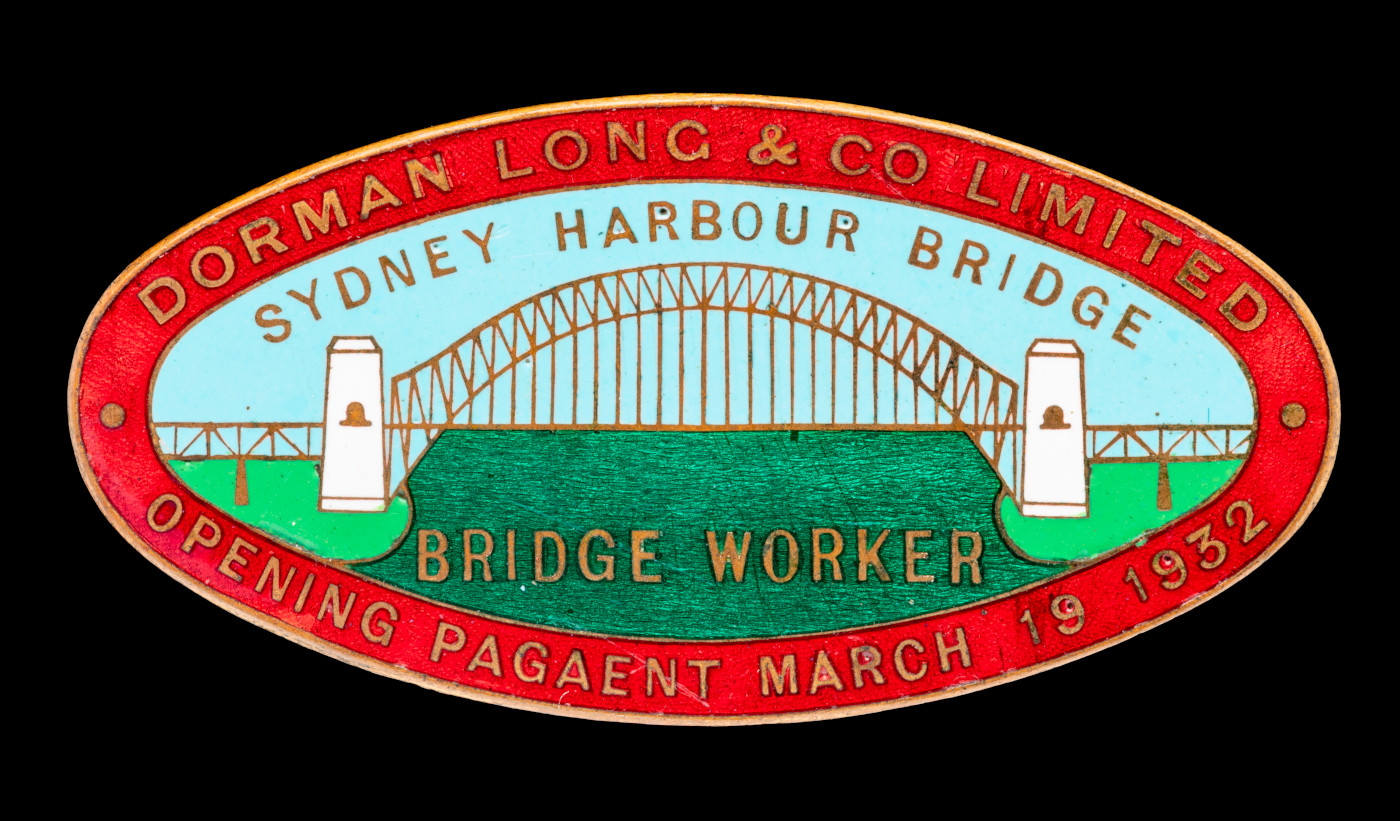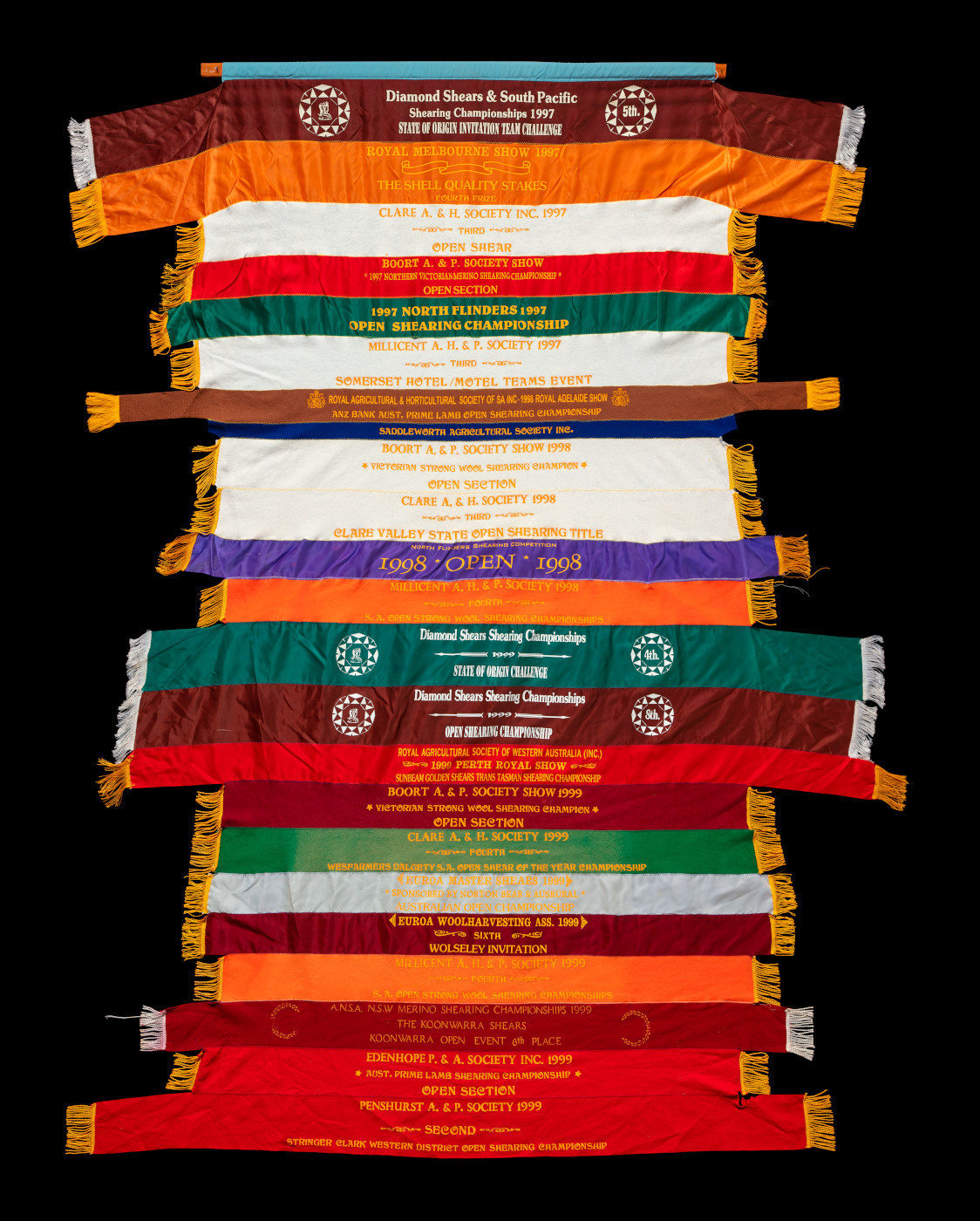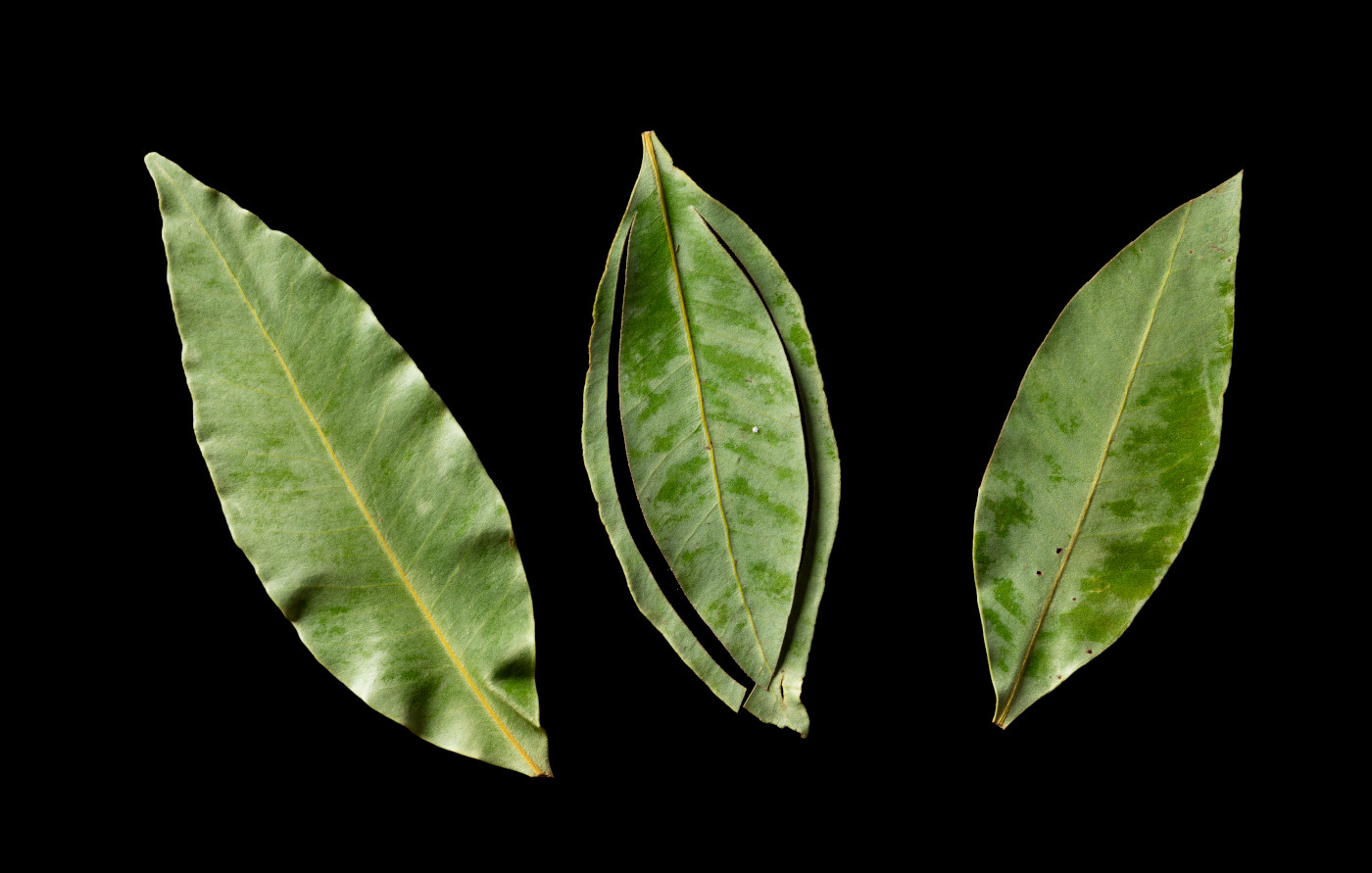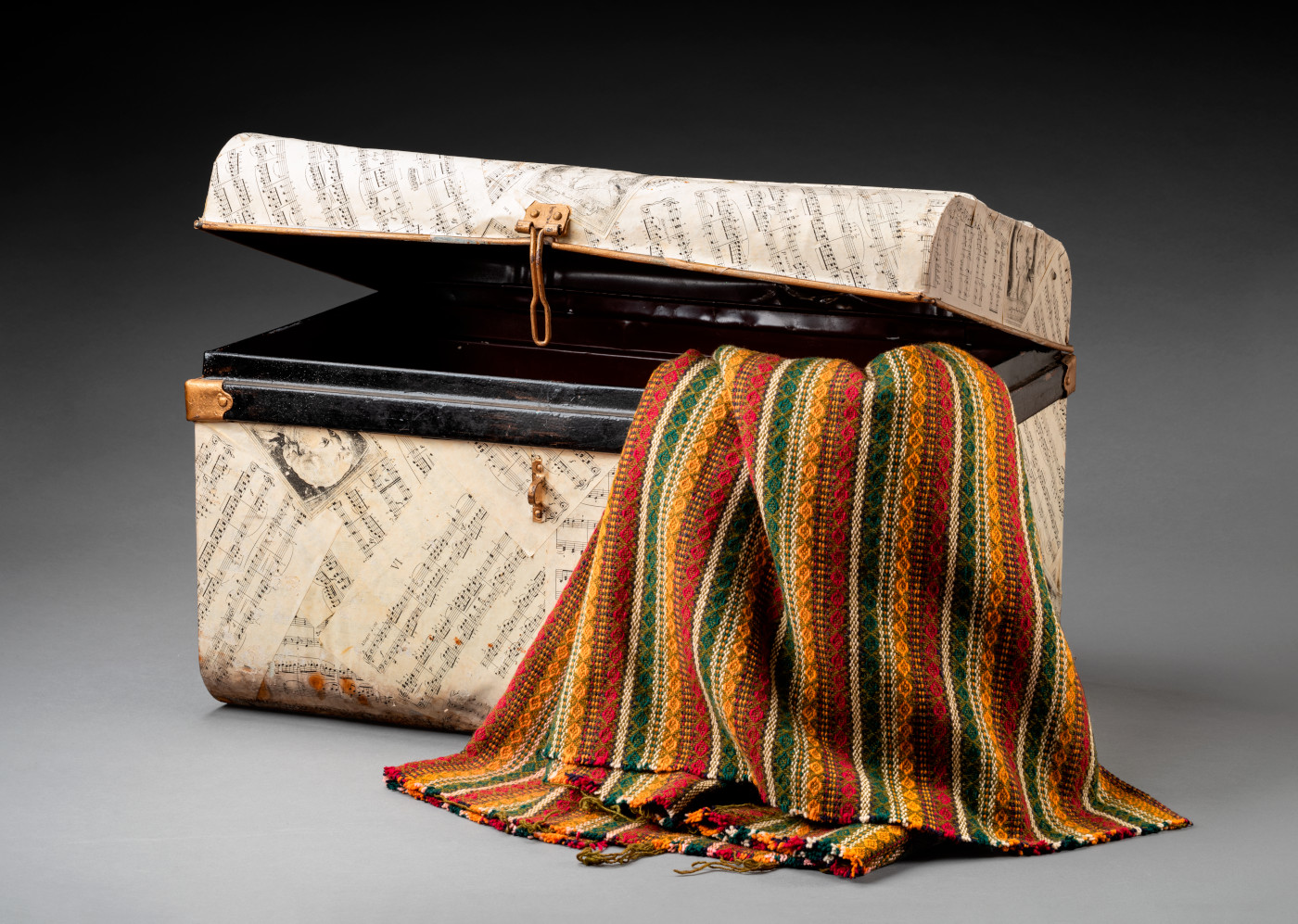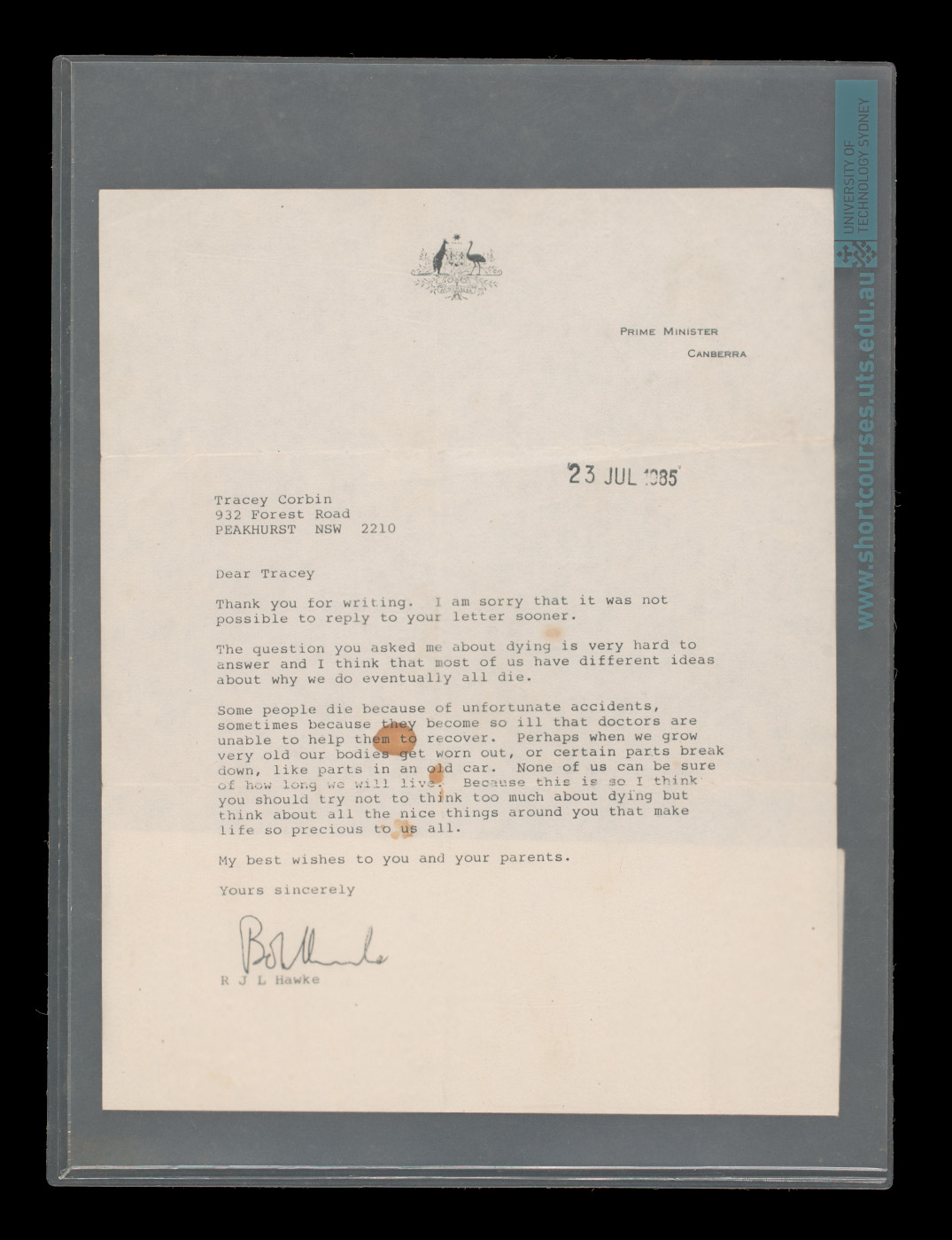Tony Armstrong was on a journey to discover and celebrate the things we treasure, along with the people who cherish them and the extraordinary stories they reveal.
Tony Armstrong’s Extra-Ordinary Things was on show at the National Museum of Australia from 21 June 2024 to 9 February 2025.
Stream all episodes of Tony Armstrong's Extra-Ordinary Things for free on ABC iview.
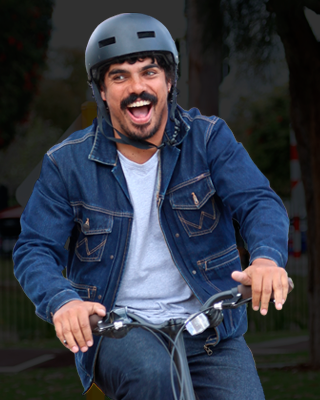
A home for Australia's extraordinary things
Tony Armstrong’s Extra-Ordinary Things brought together 25 personal experiences and revealed how seemingly ordinary things can have extraordinary stories.
Tony discovered that even the simplest of things can tell a powerful story. Whether they're cherished possessions or national treasures, objects are the key to unlocking our memories. Through them, we can share our experiences, understand our past and imagine our future.
The Museum collects and cares for objects and their stories on behalf of all Australians. You can explore our collections – and their important and moving histories – online and in our exhibitions.
Listen to 'An extra-ordinary conversation' featuring Tony with the ABC's Dan Bourchier, curator Dr Martha Sear,and some of the people who shared their remarkable stories on ABC Radio National's Big Ideas.
Exhibition highlights
Here's a few favourites among the 25 objects from the ABC series, plus Tony's folding bike, that were on show in the Museum's exhibition.
Delve deeper into the Museum's online content linked to stories about the Sydney Harbour Bridge and the Birdsville Races. We also explore food and migration, First Nations artists and social change and equality in women's sport.
Sydney Harbour Bridge and symbols of Australia
Inspired by George Killen's part in rescuing Vincent Kelly after he fell from the Sydney Harbour Bridge in 1930. Vincent’s fall was widely reported and the medal he was awarded for surviving the fall is now part of the National Museum’s collection.
In the exhibition, the pin presented to George is on show beside the survival medal presented to Vincent.
Birdsville Races and Australia's horse history
Inspired by David Brook, who inherited a leather satchel containing documents that record the past 80 years of the Birdsville Race Club’s history. Today, the iconic event draws thousands of visitors to the outback town.
Migration and food stories
Inspired by Eleonora Di Chiera's Conti (continental) roll, a Perth classic. What started as panini (sandwiches) at the Di Chiera Brothers deli, made to cater for Perth’s Italian migrant community, was later rebranded with an English name.
First Nations artists and social change
Inspired by young Noongar Wongi rapper Inkabee (Ethan Eggington), using his music to advocate for social change and inspire people of all ages.
Women's sport and equality
Inspired by professional longboarder Lucy Small's Equal Pay for Equal Play campaign. Sporting clubs or organisations that receive government funding in New South Wales must now offer equal prize money to men and women.
Explore the Museum's best online content linked to stories about leadership and loss, bushfires, war and protest, women's sport and motorsport.
Leading change
Inspired by a letter from Prime Minister Bob Hawke, responding to a letter penned by 7-year-old Tracey Corbin, following the death of her grandmother in 1985. Mr Hawke's response offers hope among grief and reveals a gentler side to the larrikin leader.
Bushfires in Australia
Inspired by a Country Fire Authority helmet and jacket which belonged to John Minett, who died in the 1983 Ash Wednesday bushfires. They were given to Brian after his father’s death. Brian joined the CFA in 2001. He keeps his father’s spare set of turnout gear in his shed as a memorial to his biggest hero.
War, protest and the Sydney Opera House
Inspired by protesters Dave Burgess and Will Saunders, who scaled the Sydney Opera House and painted ‘No War’ on the iconic landmark in 2003, soon after United States President George W Bush announced his intention to invade Iraq. They were sentenced to weekend detention and ordered to pay the Opera House’s cleaning bill.
Women's sport and equality
Inspired by Marissa Williamson Pohlman, who in 2022 became the first woman to win the the Arthur Tunstall Trophy, previously presented to the best male boxer at the Australian Elite Boxing Championships. Marissa is also the first Indigenous Australian woman to qualify for boxing at the Olympic Games and will compete in Paris in 2024.
Motorsport in Australia
Inspired by a 1914 Australian-made Peerless racer, lovingly restored by motorcycle enthusiast Antony Gullick. George Spivey raced the bike and set an Australian record of 26.5 seconds for the half-mile. More than 100 years later, Antony met George Spivey’s grandsons who had grown up hearing stories of their daredevil grandfather.
Delve deeper into to the Museum's best online content linked to stories about shearing, flood survival and community spirit, migration and food stories, the performing arts and sport.
Shearing and the wool industry
Inspired by Cathy Wendelborn, the first woman inducted into the Australian Shearers’ Hall of Fame, in 2022.
Flood survival and community strength
Inspired by Elyse Dallinger, who moved to Lismore in 2016 and found acceptance in one of Australia’s proudest regional queer communities. A rainbow blanket knitted by her mother was found weeks after Elyse survived flooding in 2022.
Migration and food stories
Inspired by Hamed Allahyari, who fled Iran in 2012 due to religious persecution. In 2024 he runs Cafe Sunshine and SalamaTea, with Jen Morillas. The restaurant employs and trains refugees and new migrants, creating a pathway to employment and belonging.
Performing arts in Australia
Inspired by Michael Leslie, one of the first students of the Aboriginal Islander Dance Theatre, established in 1975. The theatre was in Redfern, the beating heart of First Nations activism, and helped catapult Indigenous contemporary dance into the spotlight.
Sports in Australia
Inspired by Joel Bateman, who was 12 years old when he witnessed Australia’s first deathmatch wrestling event. After the fight, Joel joined a training school and deathmatch wrestling has become part of his life.
Delve deeper into the Museum's best online content linked to stories about migration, the Royal Flying Doctor Service, an award-winning ute, gum trees and other symbols of Australia, and sporting trailblazers.
Gum trees and other symbols of Australia
Inspired by gumleaf player Herb Patten, who has performed for more than 70 years, continuing the traditions of First Nations bush music.
From the garage
Inspired by Winston and Rustin Chivell's restored Chrysler VE Wayfarer Valiant ute in 1967, which won the Best Classic Ute category at the 2023 Deniliquin Ute Muster.
Vietnamese migration
Inspired by Miranda Chau, who recounted her family's journey from Vietnam to Australian, including a miraculous rescue in rough seas.
Sporting trailblazers
Inspired by Truffy Maginnis, a founding member of the Adelaide Armpits, which joined the South Australian Women’s Soccer Association in 1982. The Armpits provided a safe environment in which they could be themselves.
Bush medicine
Inspired by the Royal Flying Doctor Service transporting Clifton Station manager Peter Nunn and a station hand, Jarrod, to Adelaide after a serious car accident in the north-east of Australia. They were treated and made full recoveries.
Explore the Museum’s best online content linked to stories about Cyclone Tracy and natural disasters, an outback oasis at Betoota, a dictionary with a rock-and-roll pedigree, an important visit by Nat King Cole and a charity fundraiser in Grafton.
Natural disasters in Australia
Inspired by the McMahon family, living in Darwin when Cyclone Tracy hit early on Christmas Day in 1974. Mum Pam and baby son Matthew sheltered against a trunk and were reunited with dad Peter hours later, among the chaos and destruction that destroyed their home.
Outback exploration and spirit
Inspired by Rob Haken, who bought and restored the Betoota Hotel in Australia's smallest town, in outback Queensland.
Language and literature
Inspired by a dictionary given to band manager Howard Freeman by Chrissy Amphlett, lead singer of The Divinyls. Chrissy gave Howard a dictionary hoping it would inspire him to write a book about the rock scene. That book is still unwritten, in 2024, but the dictionary reminds Howard of stories from his life on the road.
Fighting for First Nations rights
Inspired by Albert and Irene McNamara, who treasure their photo of American singer Nat King Cole at the Coolbaroo Club in Perth in 1956. Founded in 1947 by the Coolbaroo League, an Indigenous political organisation, the club hosted social events and became a refuge where Indigenous people could socialise.
Volunteers and community fundraising
Inspired by Robyn Bullen and Eleanor Powell, who won the 1968 Jacaranda Quest in Grafton. Being crowned winner of the Quest is a great honour, but it’s also hard work. In the year following their victory, Robyn and Eleanor attended more than 60 events, as ambassadors for Grafton.
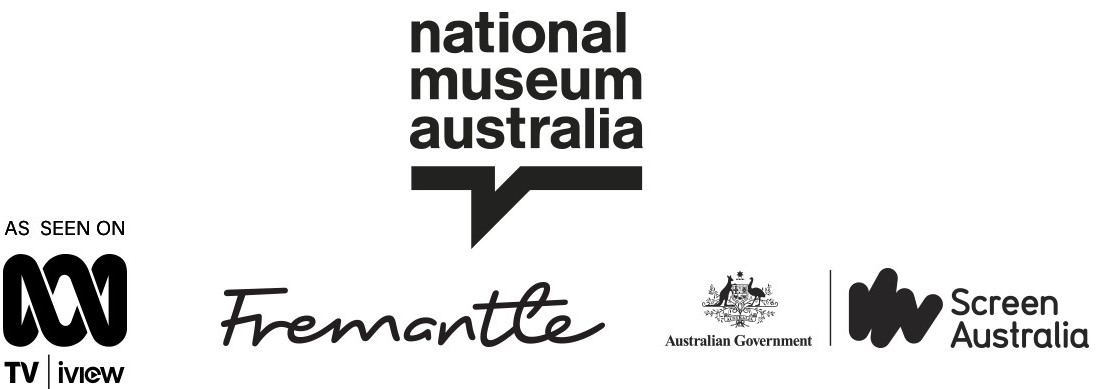
The exhibition Tony Armstrong's Extra-Ordinary Things was a collaboration between the National Museum of Australia and Fremantle Australia. It was based on the ABC TV series supported by Screen Australia.
